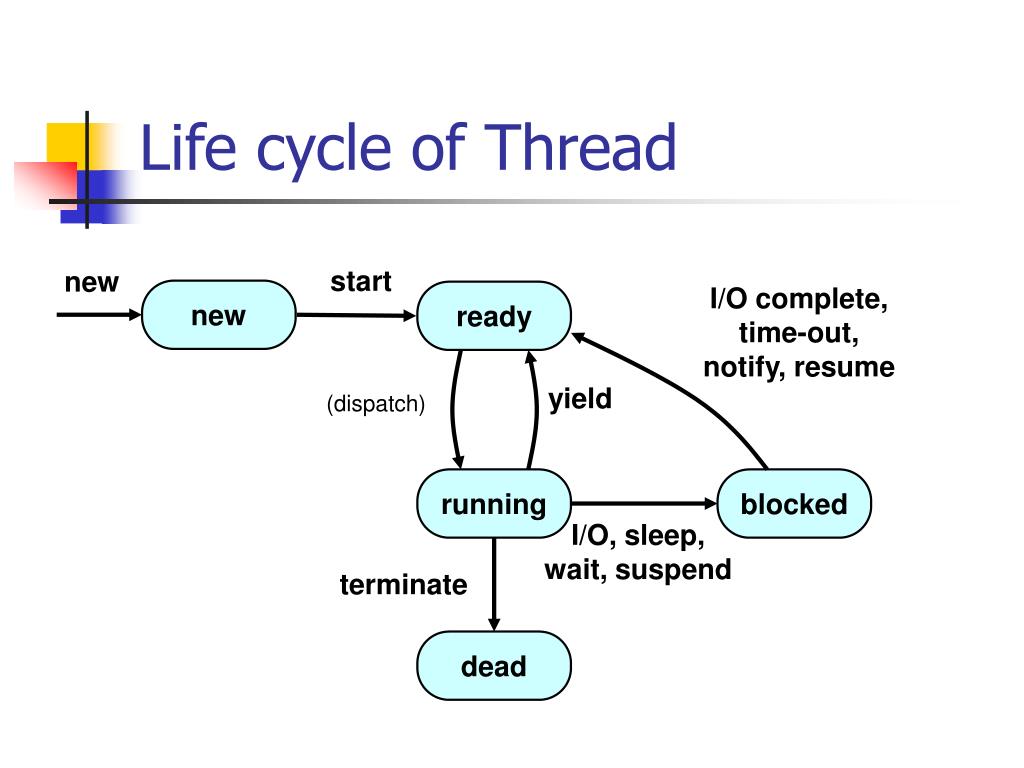

- #Simple delay function in java how to
- #Simple delay function in java software
- #Simple delay function in java code
- #Simple delay function in java free
Fixed Sized Thread Pool ExecutorĬreates a thread pool that reuses a fixed number of threads to execute any number of tasks. We can create the following 5 types of thread pool executors with pre-built methods in interface.

When you send a task to the executor, it tries to use a pooled thread to execute this task, to avoid the continuous spawning of threads. It goes beyond that and improves performance using a pool of threads. It is responsible for executing, instantiating, and running the tasks with necessary threads. With ThreadPoolExecutor, we only have to implement the Runnable objects and send them to the executor. ThreadPoolExecutor separates the task creation and its execution. When all tasks are completed, the threads remain active and wait for more tasks in the thread pool. When any thread completes its execution, it can pickup a new task from the queue and execute it. If there are more tasks than threads, then tasks need to wait in a queue like structure ( FIFO – First in first out). It facilitates the execution of N number of tasks using the same threads. Generally, the collection size is fixed, but it is not mandatory. ScheduledThreadPoolExecutor ExampleĪ thread pool is a collection of pre-initialized threads. Syntax of JavaScript Sleep Function: sleep(delayTime in milliseconds). Here, we can observe the asynchronous behavior of JavaScript as it does not waits for anything while execution and continues its work further. Refer to the URL to get the data referred for displaying. then(sampleJson => console.log(ssage)) console.log("Hello!") Īs we can see in ruby, firstly the data from the URL is fetched, and then the message property value “Not Found” is displayed and after that the static message saying “Hey! Let us have a look at message.” is displayed while in case of JavaScript, firstly the request for getting the URL data is sent and JavaScript does not wait till the response comes, instead it executes the second statement displaying “Hello” on console and when the response of the sent request arrives, it displays the message value saying “Not Found”. then(sampleResponse => sampleResponse.json()) Where “Not Found” is the message string stored in the issues section on the mentioned github url. Puts "Hey!Let us have a look on message." SampleResponse = JSON.parse(Net::HTTP.get(sampleUri)) puts sampleResponse SampleUrl = '' sampleUri = URI(sampleUrl)
#Simple delay function in java software
Web development, programming languages, Software testing & othersĬonsider Ruby Code: require 'net/http' require 'json'
#Simple delay function in java free
Start Your Free Software Development Course Ruby is one such language that executes synchronously but when multithreading comes into the picture, ruby can behave sometimes asynchronous.

So, we will first see the execution model of JavaScript with the help of comparing it with another synchronous language.
#Simple delay function in java code
To implement and understand the sleep concept in JavaScript, it is very important to understand how JavaScript code execution happens.
#Simple delay function in java how to
How to Implement Sleep Function in JavaScript? Along with this, there are async/await functions that can prove to be helpful to implement sleep kind of functionality in javascript. Depending on the conditions we can reject and resolve the promise to be sent. So, it provides promises to handle such asynchronous behavior. The behavior of JavaScript is asynchronous. But we can externally write our code to get such functionality in JavaScript. Javascript does not provide any such sleep method to delay the execution. They even provide this functionality for the execution of certain tasks, methods, or functions. Many programming languages provide the functionality to make a particular thread sleep or pause for some period.


 0 kommentar(er)
0 kommentar(er)
